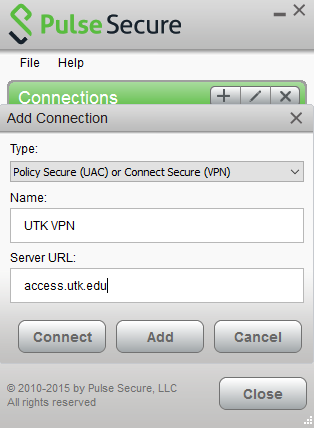

- Juniper pulse secure client download install#
- Juniper pulse secure client download update#
- Juniper pulse secure client download password#
- Juniper pulse secure client download download#
On first run, the script will download all the necessary files The command creates a file jvpn-0.7.0 in current directory. Once you have done so, you must choose whether to run jvpn as root (easiest method) or as a regular user and run the steps below accordingly.
Juniper pulse secure client download install#
Install the perl dependencies perl-term-readkey and perl-lwp-protocol-https.
Juniper pulse secure client download password#
The first time you launch msjnc (before ncsvc is installed), it will extract ncLinuxApp.jar and prompt for your password in order to install the service. Then download the msjnc script, make it executable, and put it in your PATH.Īutomatic installation of ncsvc using msjnc However, if ncLinuxApp.jar is not downloaded, fetch it manually - see the following example URL: (note: you need to log in first). You should now have the file ~/.juniper_networks/ncLinuxApp.jar present.

Juniper pulse secure client download update#
Please install 32 bit Java and update alternatives links using update-alternatives command.įor more details, refer KB article KB25230 You should get an error similar to the following: The Mad Scientist's "msjnc" script requires multilib, then install lib32-zlib, net-tools, glib-perl, perl-libLog in and allow the installation to attempt and fail (due to non-32 bit Java). realm You can find out your realm by viewing the page source of your VPN sign-in page: just search for the word realm in it.įor use without GUI. Cafile or certfile must be configured, you can download them from your VPN sign-in page (certificate information, export certificate). ~/.juniper_networks/network_connect/config/.config host=Ĭertfile= cafile ca chain to verify the host certificate certfile host certificate in DER format. $ mkdir -p ~/.juniper_networks/network_connect/configĤ. You need to enable the multilib repository: see the upstream website.ģ. Go to your company's VPN site, log in and download/install the Juniper client.Ģ. If this is the case, command-line tools (jnc, junipernc) will not work.ġ. Note: In some cases, depending on your corporate policy configuration, you must login through the browser. $ nmcli con add type vpn con-name "Connection Name" ifname "*" vpn-type openconnect - vpn.data "gateway=,protocol=nc" The VPN connection can be created through the GUI or by using this command: If you want NetworkManager support, install networkmanager-openconnect, or try the latest git version. If your Juniper VPN setup does not require any input after connecting you can use this command in order to connect See the initial announcement for more details. The OpenConnect VPN client also supports Pulse Connect Secure. # ln -s /etc/ca-certificates/extracted/ /etc/pki/ca-trust/extracted/openssl/ # mkdir -p /etc/pki/ca-trust/extracted/openssl

Run the following commands to resolve these issues: Note: By default the directory that the GUI stores the connections does not exist and it cannot find the system certificates to verify hosts. In the GUI client, the URL should be same as that used in browsers. To use the pulseUi GUI client you need to additionally install webkit2gtk and gtkmm3. Check "Note regarding Server/URL" section below. Note that the login URL is different from the URL used in browsers. To connect via the command line, run the command: Install the pulse-secure AUR package and start/enable rvice.

4.8 After login, pulseUi displays 'Compliance: Security policies not met'.4.7 Unauthorized new route has been added, disconnecting.4.6 ncsvc and kernel versions 3.19 and 4.5 to 4.9.4.5 ncapp.error Failed to connect/authenticate with IVE.4.4 Network Connect launched and a configuration error message is displayed.4.3 Network Connect launched but the VPN does not work.4.2 Login succeeds but Network Connect will not launch.2.2.1 Automatic installation of ncsvc using msjnc.


 0 kommentar(er)
0 kommentar(er)
